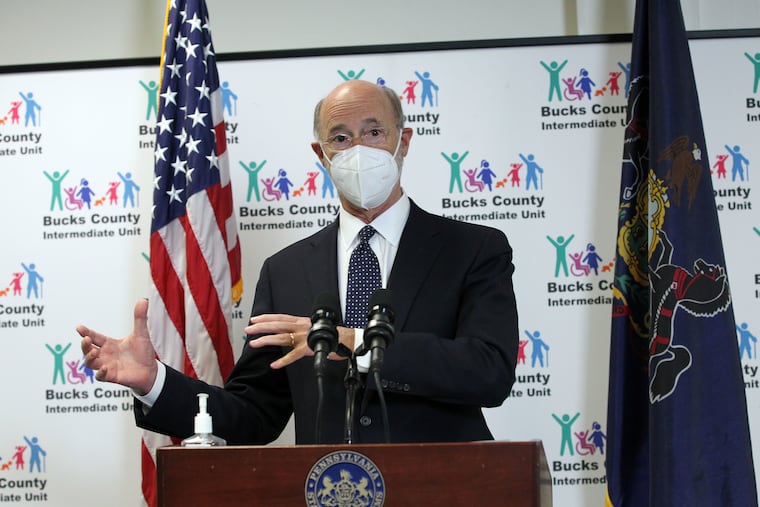Pa. is finally expanding vaccine eligibility. But perceptions of a rocky rollout linger.
Miscommunication and mixed messages from the people charged with overseeing the distribution have prompted widespread frustration. “We have a system that looks broken to people," said one lawmaker.
